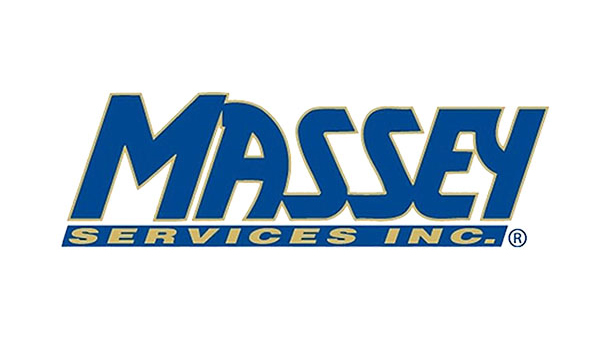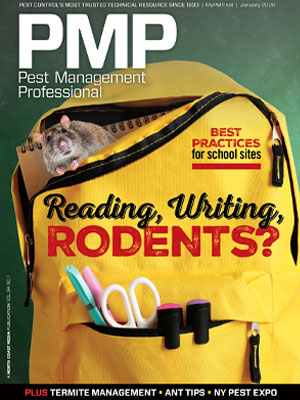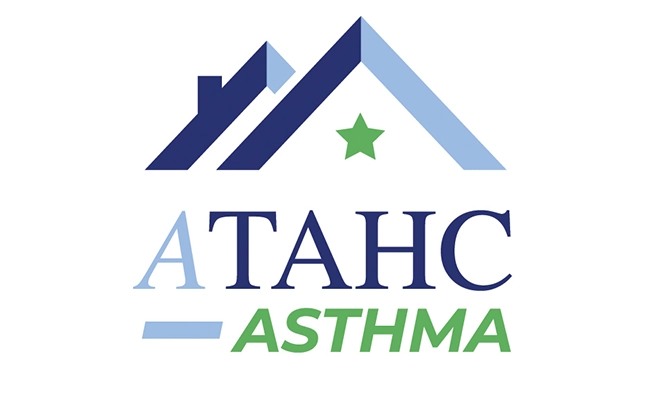
The Orlando Economic Partnership (OEP) recently announced Massey Services, Inc. as the new lead sponsor and supporter of the Partnership’s Public Leadership Institute (PLI), a nonpartisan leadership development program designed to cultivate the next generation of civic, business and nonprofit leaders shaping Central Florida’s future. This announcement coincides with the graduation of a cohort of leaders from the program.
Starting in October 2025, 44 leaders have completed the current program and are equipped with the knowledge, relationships and regional perspective needed to engage effectively in public policy, community development and collaborative problem-solving. Through immersive learning and direct engagement with policymakers and subject-matter experts, participants gain a deeper understanding of how local decisions impact economic growth, workforce development, housing, transportation and quality of life.
“We are proud to partner with the Orlando Economic Partnership and their Public Leadership Institute, which will help build strong leadership for the future of our city,” said Tony Massey, President and CEO of Massey Services, in a release. “Orlando is projected to continue to experience significant growth and we need to have exceptional leaders with forward-thinking vision who are able to guide thoughtful, data-driven decisions for our community.”
The program includes two distinct tracks:
- Political Leadership Track – Designed for aspiring elected leaders who are exploring candidacy for public office within the next five years.
- Civic Leadership Track – A new pathway for leaders who want to influence public policy as advocates, board members, or community connectors without pursuing office.
Together, the two tracks create a pipeline of informed, connected leaders prepared to collaborate across industries and jurisdictions, a critical need as the Orlando region continues to grow rapidly. No commitment is required to run for office; rather, the non-partisan program is designed for individuals who are actively exploring opportunities.
“Developing strong, informed and collaborative leaders is essential to delivering on Orlando’s long-term success,” said Tim Giuliani, president and CEO of the Orlando Economic Partnership, in a news release. “The Public Leadership Institute is a cornerstone of our efforts to build civic alignment and equip leaders with the tools to address complex regional challenges. We are grateful to Massey Services for stepping forward as lead sponsor and investing in the leadership capacity that will help drive Orlando’s future.”
Support from Massey Services advances OEP’s broader Orlando Vision 2045, the region’s long-term framework focused on achieving status as a top 10 innovation hub, building a region of 15-minute cities through smart transportation investment and strengthening downtown as one of the best in the nation. Leadership development is a foundational pillar of that vision, enabling sustained collaboration across public, private and nonprofit sectors.
“Our company has been headquartered in Orlando since 1985, and my father, Harvey L. Massey, understood that great cities are built when businesses support the communities they serve,” added Massey. “Our family continues to give back to the Orlando community and in 2014, we created the Harvey and Carol Massey Foundation to help further our mission of community service. It’s important for all of us to create lasting economic and community benefits that will serve our region for future generations.”
Participants in PLI represent a diverse cross-section of the region, including business professionals, nonprofit leaders, educators and public servants. Alumni of the program continue to serve on boards, commissions and community organizations, strengthening civic engagement and regional problem-solving capacity.
About the Public Leadership Institute
The Public Leadership Institute is a unique leadership training initiative through the Orlando Economic Partnership that prepares Central Florida’s business-minded leaders to serve as future public leaders or policy influencers. Participants create powerful connections and draw on their real-world experience, skills and talent to impact and promote policies for regional prosperity.
<p>The post Massey Services sponsors Orlando Economic Partnership’s Public Leadership Institute first appeared on Pest Management Professional.</p>
from Pest Management Professional https://www.mypmp.net/massey-services-to-be-presenting-sponsor-of-the-orlando-economic-partnerships-public-leadership-institute/
Sacramento CA






